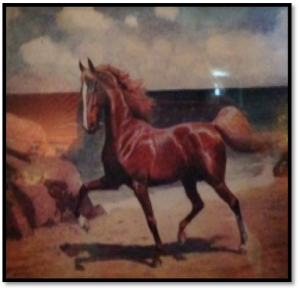Today’s post in the Roundtable on Food and Hunger in Vast Early America is by Zachary M. Bennett, who is Visiting Assistant Professor of History at Connecticut College this autumn. He is a Ph.D. candidate at Rutgers University-New Brunswick. His dissertation, “Flowing Power: Rivers, Energy, and the Making of New England,” examines the political ecology of waterpower before the industrial revolution.
Compared to other Native Americans in southern New England, the Ninnimissinuok community of Natick, Massachusetts seemed to have secure footing going into the eighteenth century. Located only fifteen miles outside of Boston on the Charles River, Natick was the largest community of Native American converts to Christianity—or “Praying Indians”—in mainland New England with a population exceeding two hundred persons. These Praying Indians owned their land in corporation to safeguard their enclave against land hungry colonists. To passersby, Natick residents farmed like their English neighbors, dressed like them, and even worshipped like them too. Yet, in contrast to their English neighbors, this community steadily declined over the course of the eighteenth century. Continue reading








